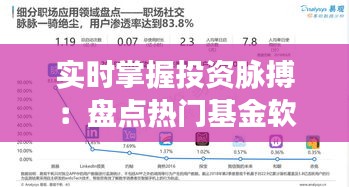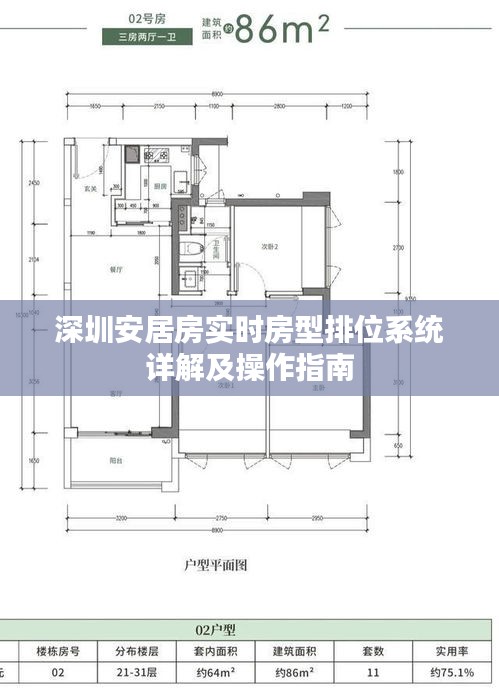In the fast-paced world of today, the need for efficient design methods is paramount. Especially in fields like engineering, architecture, product development, and software design, an efficient design method not only helps in saving time and resources but also ensures optimal performance and quality. The following is an exploration of what an efficient design method entails in English.
An efficient design method begins with a clear understanding of the project requirements and objectives. It involves a thorough analysis of the problem statement, which helps in identifying the key factors that need to be considered during the design process. Understanding the context and background of the project is crucial as it helps in avoiding any pitfalls and ensures that the design meets the specific needs of the client or users.
The next step in an efficient design method involves breaking down the project into smaller, manageable tasks. This helps in ensuring that the design process remains organized and focused. It also helps in identifying any potential bottlenecks or challenges that may arise during the process and allows for effective planning and allocation of resources.
Research and development play a pivotal role in an efficient design method. Understanding the latest trends, technologies, and best practices in the field helps in creating a design that is not only innovative but also sustainable and user-friendly. This research also helps in identifying any potential risks and challenges that may arise during the implementation phase and allows for effective mitigation strategies to be put in place.
Prototyping and testing are integral parts of an efficient design method. Creating prototypes allows for a hands-on understanding of the design and helps in identifying any potential issues or flaws. Testing ensures that the design not only meets the theoretical requirements but also performs effectively in real-world conditions. This helps in avoiding any costly errors or failures during the final implementation phase.
Communication and collaboration are also essential components of an efficient design method. Effective communication between the designers, clients, and stakeholders ensures that there is a clear understanding of the design objectives and requirements. Collaboration helps in bringing together ideas and perspectives from different individuals, which not only enhances the quality of the design but also ensures that it meets the diverse needs of different users or stakeholders.
Regular review and iteration are also key to an efficient design method. As the design progresses, it is essential to review it regularly to identify any changes or improvements that need to be made. This allows for continuous improvement and ensures that the design remains on track and meets all set objectives.
In conclusion, an efficient design method involves a combination of clear objectives, organized planning, research and development, prototyping and testing, communication and collaboration, and regular review and iteration. It is a dynamic process that requires flexibility and adaptability to ensure optimal performance and quality. By following these steps, designers can ensure that they create designs that are not only innovative but also sustainable, user-friendly, and meet all set objectives effectively.
转载请注明来自衡水悦翔科技有限公司,本文标题:《高效设计秘诀,打造卓越方案的艺术与方法》











 冀ICP备2023036310号-1
冀ICP备2023036310号-1
还没有评论,来说两句吧...